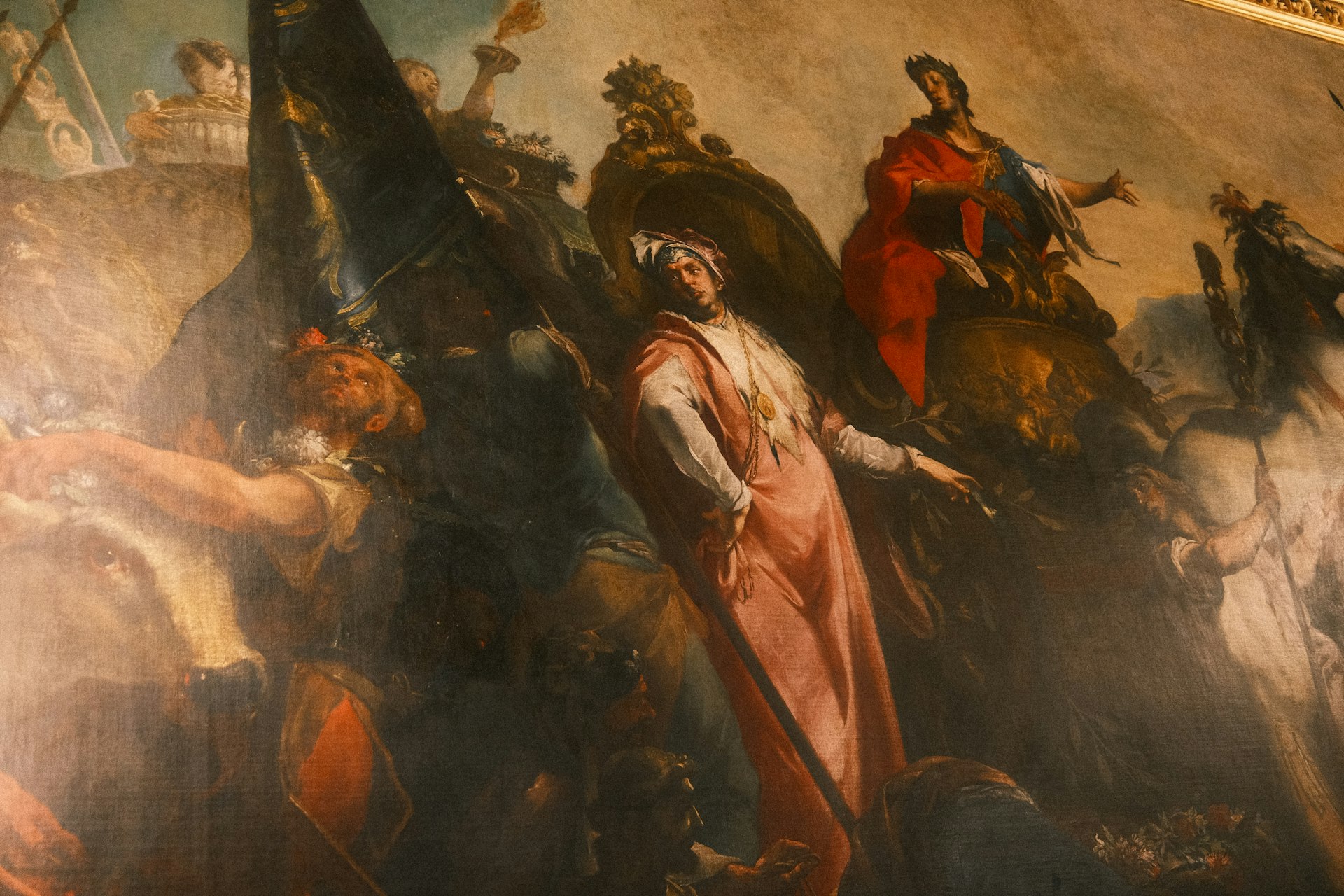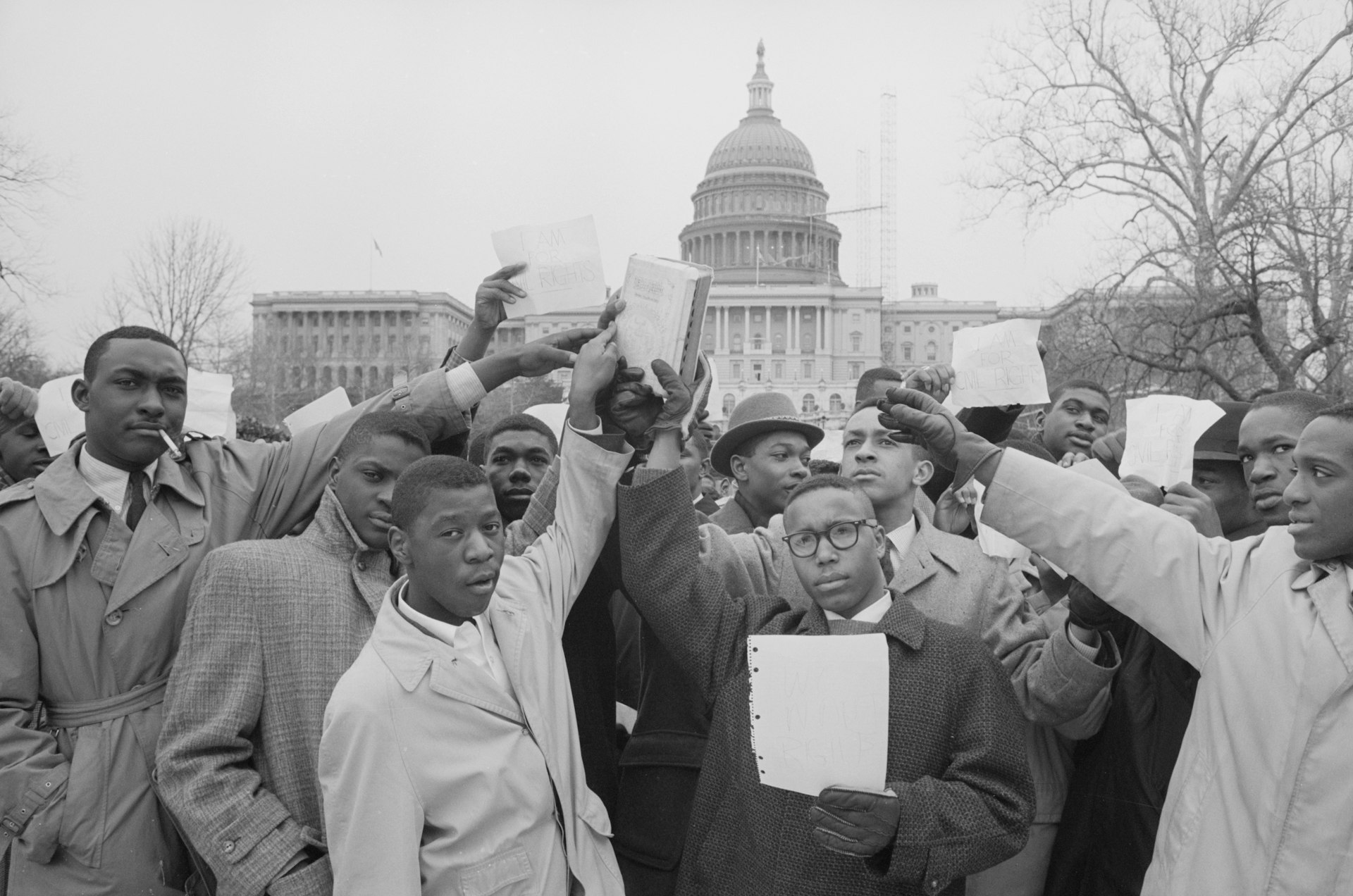The Evolution and Impact of Slavery in the Ancient World

Photo by The New York Public Library on Unsplash
Introduction
Slavery in the ancient world stands as one of the most far-reaching and formative institutions in human history. Its roots stretch back to the dawn of civilization, shaping the economies, cultures, and social hierarchies of early societies. Understanding the history of slavery in the ancient world reveals not only the origins of forced labor but also the profound ways it influenced legal systems, warfare, and everyday life. This article offers a comprehensive exploration of slavery’s development, practice, and legacy across Mesopotamia, Egypt, China, Greece, and Rome, providing actionable guidance for further research and context for modern discussions about human rights.
Origins of Slavery: From Prehistory to the First Civilizations
The origins of slavery are deeply intertwined with the rise of agriculture and settled communities after the Neolithic Revolution, around 10,000 BCE. As societies shifted from nomadic lifestyles to city-based living, the need for large, inexpensive labor forces increased significantly. Written records from ancient Mesopotamia, the world’s first civilization (ca. 5400-2004 BCE), provide the earliest concrete evidence of slavery, although the practice likely began much earlier. Slavery emerged as a solution for labor shortages created by population growth and the demands of food production and infrastructure development. Economic surpluses and high population densities made large-scale enslavement both possible and, in some cases, necessary for societal expansion [1] [3] .
Most slaves in the ancient world were prisoners of war, but others became enslaved through debt, punishment for crimes, child abandonment, or even by selling themselves or their children into bondage. This diversity in the origins of slavery reflects both the economic and social complexities of ancient civilizations [1] .
Slavery in Mesopotamia and Egypt
Ancient Mesopotamia offers the earliest recorded examples of slavery as an institution. The Code of Hammurabi , dating to around 1755-1750 BCE, codifies the status of slaves, outlining both their rights and their limitations. In these early societies, slaves could be artisans, farmers, scribes, or construction workers. They were often treated as property but sometimes held limited rights, such as owning property or marrying freely [1] .
In Egypt, slavery evolved alongside state-building and military expansion. Slaves were captured during military campaigns, especially through expeditions up the Nile, and were put to work on state projects, in households, or as agricultural laborers. While some privately owned slaves were treated almost as members of the family, others endured harsh conditions in state labor or construction gangs. The Egyptian system included chattel slavery, corvée labor (forced labor for the state), and bonded labor for debt repayment [2] .
Slavery in Ancient China
Slavery in ancient China varied by dynasty and region. The Qin dynasty (221-206 BCE) is notorious for its oppressive treatment of slaves, who were often used for massive state building projects, such as the construction of roads and the Great Wall. Subsequent dynasties, including the Han, took steps to reduce the scale of slavery, restricting it mainly to domestic servitude. China’s approach to slavery was less reliant on chattel slavery and more focused on penal servitude, debt bondage, and the enslavement of war captives [1] .
Slavery in Ancient Greece
The rise of the Greek city-states marked a turning point in the history of slavery. Greece became the first true “slave society,” meaning that slave labor formed the backbone of its economy. In Athens, up to half the population was enslaved at its peak, with slaves working in silver mines, agriculture, domestic service, and workshops. Laws such as those instituted by Solon in the 6th century BCE sought to regulate slavery, including the end of debt slavery. Sparta’s system relied on the helots, a subjugated population forced to farm and provide resources for the militaristic state. Despite their crucial role, slaves remained a marginalized group with little to no legal protection [1] [3] .
For those seeking to study the legal and social structure of Greek slavery, university libraries and academic journals offer access to translated legal codes, archaeological findings, and scholarly analysis. Searching for terms such as “Ancient Greek slavery legal codes” or “Helots in Sparta” in academic databases can provide primary and secondary sources for deeper research.
Slavery in Ancient Rome
Ancient Rome elevated slavery to unprecedented levels, both in scale and complexity. At its height, up to 30% of Rome’s population was enslaved, encompassing a wide range of roles from agricultural labor and household service to skilled craftsmanship and even administrative positions. The Romans distinguished between
servi privati
(privately owned slaves) and
servi publici
(state-owned slaves). Unlike some earlier societies, Rome allowed slaves to earn or buy their freedom, and former slaves (freedmen) could sometimes rise to prominence. However, the majority endured harsh conditions, especially those in mines or on large plantations
[1]
[2]
.
Rome’s reliance on slavery fueled its economic and military expansion, but also led to periodic unrest, such as the famous Spartacus Rebellion . To explore Roman slavery further, consider searching for museum exhibits, digitized collections of Roman law, and works by historians specializing in the Roman Empire.
Roles and Treatment of Slaves
In all these ancient societies, slaves took on numerous roles: artisans, laborers, domestic servants, entertainers, scribes, and more. Treatment varied widely depending on the society, the owner’s wealth, and the nature of the work. Some slaves could gain limited rights, marry, or even purchase their freedom, while others endured brutal conditions with little hope of escape [1] [3] .
Examples of upward mobility, such as freedmen attaining wealth or influence in Rome, contrast sharply with the plight of helots in Sparta or laborers in Egyptian work gangs. These differences underscore the complexity and diversity of slavery’s practice across the ancient world.
Accessing Further Resources and Research Pathways
For those interested in expanding their knowledge or conducting original research, a variety of pathways are available:

Photo by SOHAM BANERJEE on Unsplash
- Visit reputable university libraries or public collections specializing in ancient history. Search for terms such as “ancient slavery primary sources” or “archaeological evidence of slavery” to locate relevant materials.
- Explore the Wikipedia entry on the History of Slavery for a broad overview and numerous citations to academic sources. Always cross-reference Wikipedia information with scholarly publications for accuracy.
- Review online educational resources, such as those provided by Study.com , which offer structured lessons, timelines, and suggested readings on the topic.
- Contact your local university’s history department to inquire about public lectures, guest seminars, or access to specialized archives. Many universities offer digital access to rare texts and archaeological reports relevant to ancient slavery.
- Seek out documentaries and expert interviews from leading historical organizations. Public broadcasters and established streaming platforms often feature series on ancient civilizations and their labor systems.
- For in-depth legal and social analysis, consult academic journals such as the “Journal of Ancient History” or “Classical Quarterly.” These are accessible through academic libraries or online databases like JSTOR and Project MUSE.
Key Takeaways and Continuing Relevance
The institution of slavery in the ancient world was complex, pervasive, and deeply embedded in the fabric of early societies. While its manifestations varied by culture and era, the legacy of these systems continues to inform debates about freedom, human rights, and social justice today. By understanding the origins and evolution of slavery, modern scholars and the public alike can gain insight into both the progress and the challenges that define our ongoing struggle for human dignity.



